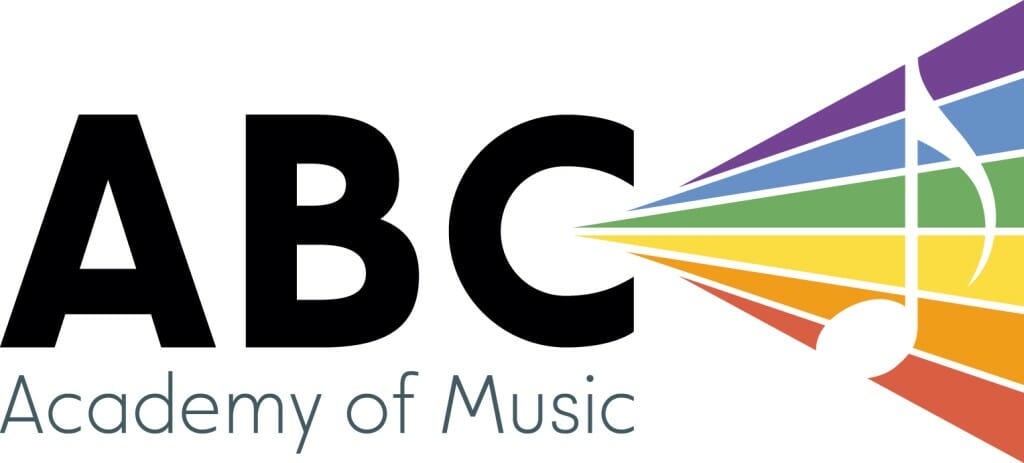Kaden
- Count triplets out loud.
- Play quarter notes on the bass drum.
- When you’re first practising these patterns, you can use what ever sticking is easiest, but I eventually want you to be able to play them using alternate sticking (both R-L-R-L-… and L-R-L-R-…).
- Play along to a metronome at 110 where each click is a triplet (not a quarter note). Then bump the tempo up to 115. Then 120. Then play along to Gravity by John Mayer.
Mateo
“1 + 2 + 3 + 4 +” Pattern
- Play the hi-hat on every beat.
- When you’re ready, add the bass drum on beats 1 and 3.
- When you’re ready, add the snare drum on beats 2 and 4.
- Play along to a metronome. Start at 70 bpm and work your way up to 100.
Ella
In general, be careful not to “drag the time” (slow down). Pay attention to this in your practising.
“Hotel California – Filling” worksheet
- Try practising along to the recording. If it’s too fast, you can play the patterns more slowly with a metronome. The song’s tempo (speed) is 75 bpm, so if you’re using the metronome, try playing it at 70. If that’s still too fast, slow it down more.
- Your fills must be in time with the music/metronome.
- Use a variety of drums in your fills.
- Use a variety of rhythms in your fills (8th notes, quarter notes, 16th notes, rests, etc.).
Sylvie
“Basic Beats” worksheet, #5-9
- Count “1 + 2 + 3 + 4 +” out loud.
- Play to a metronome where each click equals an 8th note – “1” (click), “and” (click), “2” (click), “and” (click), “3” (click), “and” (click), “4” (click), “and” (click). Start with the metronome at 70 bpm. Once you’re comfortable at that speed, bump it up to 75 bpm. Then 80 bpm. Do this until you get to 100. You don’t need to go faster than that.
